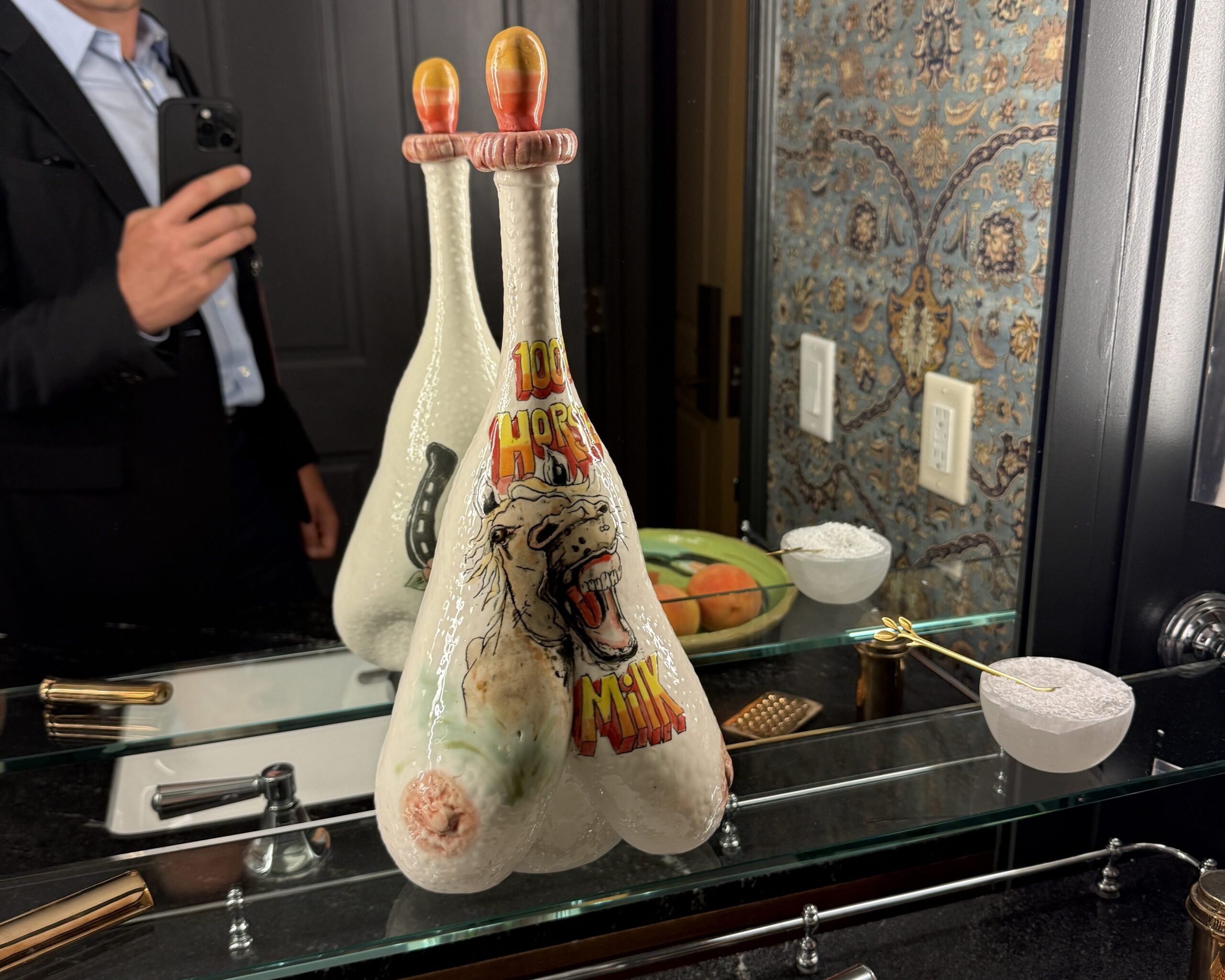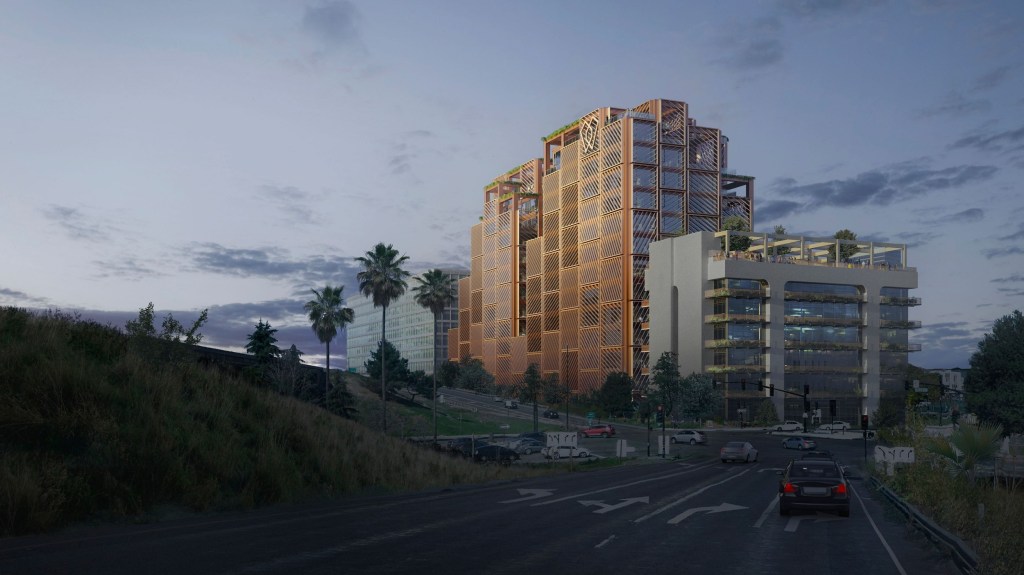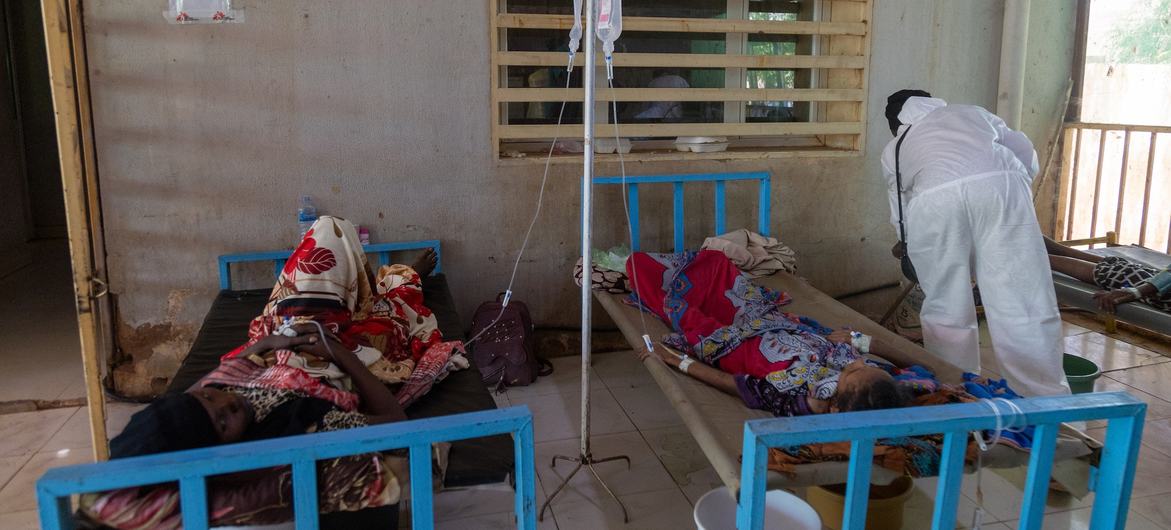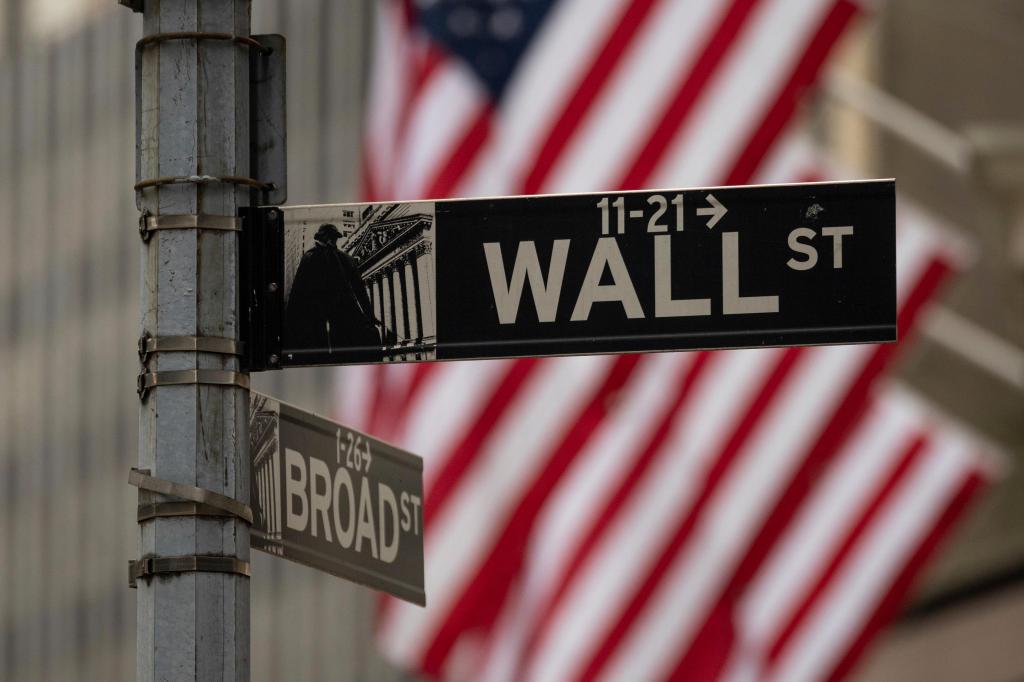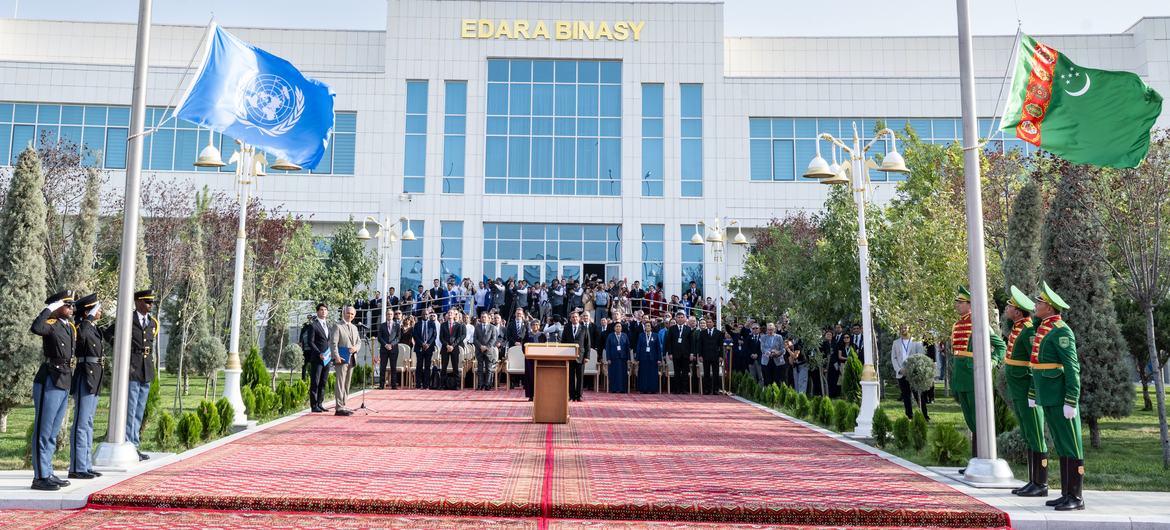
There are no Ubers in Aspen, which means that everyone takes the bus. These are not only free, comfortable and clean, but also boast racks for mountain bikes and WiFi, so their appeal is widespread. On my ride to the Aspen Art Fair from Snowmass, I sat behind a group of six Mennonites, and next to a boy of around ten years old who wore a Rolex and kept using his mouth to make fart sounds. I’m from New York City and would never claim to understand this land of altitude and athleisure—our city’s newspapers, for example, inform us that free buses are the most dangerous idea in the world—but it strikes me that the best kind of art at a regional fair like this one is the kind that you could use to decorate a vacation home you owned here. And guided by that arbitrary criterion, I offer you my nominees for the best works at the Aspen Art Fair:
Tom Uttech, Nin-Babishagi (2022), Alexandre


What is a ranch-style vacation home without a scene that reminds you of the glorious nature surrounding it? Uttech takes that premise and cranks it through a psychedelic filter, offering one of the most glorious sunsets imaginable and an improbable number of bird squadrons in dutiful transport across it. This pricey work comes with a handmade frame that features still more birds. The number of species on display is vast and colorful, and their flight patterns are elegant as they weave in and out of each other. This piece is sure to offer years of conversation with out-of-town visitors, as you point out your own paranoid theories about why the artist has chosen to clone his species, in the occasional spots where he has. One comes to assume a sort of mission on the part of the animals, for a crowd of antlered beasts hoofs its way across the foreground headed in the same direction as the birds. All the animals seem to have a purpose that has nothing to do with us, even though they are assembled for our admiration and amusement.
Jose Dávila, Untitled (Cowboy) (2024), Sean Kelly


In a 1964 note to himself, Jasper Johns famously wrote, “Take an object / Do something to it / Do something else to it. [Repeat.]” Richard Prince created his famous Cowboys photographs by excising all the branding from the hypermasculine Marlboro advertisements. Now Dávila has done “something else to it” by removing the cowboy and his horse as well. What’s left is a haunting Western landscape of low clouds and brush. For some people, this work will probably be about contemporary life, and it would be better if we could remove the current vogue for cowboyism from television, politics and fashion. But you didn’t come to your second or third home to ponder why Chili’s has started selling cowboy boots; you’re trying to relax. Why not consider instead the extent to which Dávila has, in fact, highlighted the presence of the cowboy in his attempt to remove it? You may recall that Prince’s blended right in with their surroundings, aided by the soft focus and homosexuality.
Skuja Brade, Horse Milk Jug (2023), Cromwell Art


Skuja Brade is an artist duo, Ingūna Skuja and Melissa Braden, who contribute sculpture and painting to their works, both elements singing here. The shape conjures lungs, breasts, genitalia and a baby bottle, none of these elements depicted in a flattering light. And then you have that horse, slavering in your face, daring you to drink its milk. Why not? It is a mammal, right? Why don’t you want to drink horse milk? Don’t you like horses? Aren’t you a real cowboy? I was taken with this work’s placement in the bathroom of a hotel room at the Hotel Jerome, which hosted the fair. Your vacation home needs this for the medicine cabinet. That way, when guests go through it looking for your prescriptions, they will be confronted by the variety of psychological hurdles presented by this work. It will cause them to end their prying and close the mirror to be confronted by their own face, and the nature of curiosity.
Neil Raitt, Forest Clearing (turquoise Stream) (2022), Anat Ebgi


This work shares elements in common with the Uttech, in that it is a landscape idealized to the point of parody while still managing to be beautiful, but I feel that this one has a little more subtlety to it. You can look at it for a long time before you notice those Josh Smith-style palm trees in this otherwise mountainous scene. The sky’s colors are otherworldly, and there are no fewer than four waterfalls, which is excessive and conjures a feeling of entropy. Observe the dinginess of that cabin. There’s no way that looks anything like your vacation house. I imagine the nuance makes it a good investment because you could resell it to someone who doesn’t realize how weird it is. Raitt has cited as influences Caspar David Friedrich, Richard Prince and Bob Ross, yet his trees are not little—nor, I suspect, very happy.
Yigal Ozeri, Desert Drive (2025), Friedrichs Pontone


The fact is, we are living in a cowboy boots moment, and they’re popular with a particular kind of young woman in New York City who comes to mind when I regard this painting. Yeah, she thinks she’s pretty tough, even if the boots don’t really fit. The photorealism of this one also calls to mind William Eggleston’s Untitled (Cocktail on a plane) (1971-1974), though I know they’re objectively not that similar. Perhaps it’s that slanted composition, or the fact that there’s the unreal out the window, while inside we’re trying to have a little bit of personal glamour. The artist had other works that were a little more fetishistic about the notion of cowgirls, and while this one isn’t unsexy, I admire the way it’s more about the idea of sensuality than trying to be erotic itself. You could hang this one in the bathroom of your vacation home as a litmus test to see which of your friends is the kinkiest.
<
